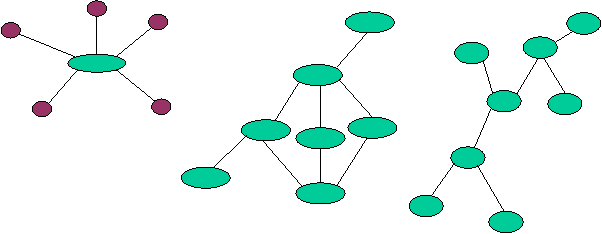You are here
ZigBee Characteristics
The focus of network applications under the IEEE 802.15.4 / ZigBee standard include the features of low power consumption, needed for only two major modes (Tx/Rx or Sleep), high density of nodes per network, low costs and simple implementation.
These features are enabled by the following characteristics (technical data from ZigBee: 'Wireless Control That Simply Works') :
• 2.4GHz and 868/915 MHz dual PHY modes. This represents three license-free bands: 2.4-2.4835 GHz, 868-870 MHz and 902-928 MHz. The number of channels allotted to each frequency band is fixed at sixteen (numbered 11-26), one (numbered 0) and ten (numbered 1-10) respectively. The higher frequency band is applicable worldwide, and the lower band in the areas of North America, Europe, Australia and New Zealand .
• Low power consumption, with battery life ranging from months to years. Considering the number of devices with remotes in use at present, it is easy to see that more numbers of batteries need to be provisioned every so often, entailing regular (as well as timely), recurring expenditure. In the ZigBee standard, longer battery life is achievable by either of two means: continuous network connection and slow but sure battery drain, or intermittent connection and even slower battery drain.
• Maximum data rates allowed for each of these frequency bands are fixed as 250 kbps @2.4 GHz, 40 kbps @ 915 MHz, and 20 kbps @868 MHz.
• High throughput and low latency for low duty-cycle applications (<0.1%)
• Channel access using Carrier Sense Multiple Access with Collision Avoidance (CSMA - CA)
• Addressing space of up to 64 bit IEEE address devices, 65,535 networks
• 50m typical range
• Fully reliable “hand-shaked” data transfer protocol.
• Different topologies as illustrated below: star, peer-to-peer, mesh

Figure 2: ZigBee Topologies
